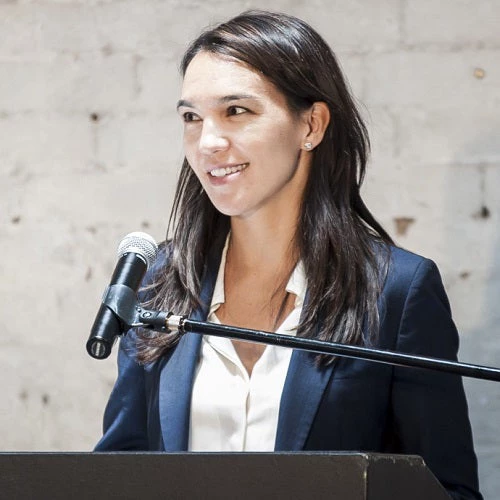Urbanization comes at a price, especially in an era of climate change and increased risk of natural disasters.
Presently, the average annual loss from natural disasters in cities is estimated by the UN at over $250 billion. If cities fail to build their resilience to disasters, shocks, and ongoing stresses, this figure will rise to $314 billion by 2030, and 77 million more city dwellers will fall into poverty, according to a new World Bank/GFDRR report presented at COP22.
The good news is that we have a window of opportunity to make cities and the urban poor more resilient. Over 60% of the land projected to become urban by 2030 is yet to be developed. Additionally, cities will need to build nearly one billion new housing units by 2060 to house a growing urban population. Building climate-smart, disaster-resilient cities and housing is thus an immediate priority, especially in the developing world.
To seize that opportunity, countries will need significant financing for infrastructure—over $4 trillion annually—and making this infrastructure low carbon and climate resilient will cost an additional $0.4 to $1.1 trillion, according to a CCFLA report.
Mobilizing private capital is the best bet for helping to close this financing gap.
Public funds—a traditional funding source for infrastructure investments—are not sufficient to finance the amount needed to build new urban infrastructure, maintain and improve what is already in place, and promote resilience. Conversely, investment capital seems to be abundant: $106 trillion of institutional capital is currently available in the form of pension and sovereign-wealth funds.
At present, though, only 1.6% of that capital is invested in infrastructure at all, let alone in making that infrastructure resilient.
Why? There are a several constraints to mobilizing private capital toward new investment in urban resilience in the developing world, mainly including:
- lack of local government capacity to plan, finance, and implement resilience projects;
- challenges in project preparation, including high up-front costs; and
- lack of private-sector confidence.
- assisting subnational governments to increase their own-source revenue, improve fiscal management, enhance creditworthiness, improve capital investment planning, and prepare investor-ready projects
- leveraging the private capital required through a suite of existing instruments that identify risks, provide mitigation solutions, and facilitate investment at the household, community, city, and national levels
- providing complementary services to support urban resilience, such as analytical tools and methods, frameworks for policy dialogue and reform, and procedures for working across sectors
Already, the World Bank Group has worked in more than 7,000 cities and towns across 130 countries, committing over $50 billion through more than 900 climate-related projects in the past five years and investing over $5 billion annually in disaster risk management. Core investment in urban resilience has averaged almost $2 billion per year over the last five years through a portfolio of 79 projects in 41 countries. In addition, we are proposing a scaled-up City Resilience Program that aims to benefit a billion people over the next two decades, crowding in $500 billion in private capital to finance resilience in 500 cities and enable 50 million people to escape poverty.
Building urban resilience requires significant amounts of capital as well as effective policies over time , and no one city government or development agency can address this challenge alone. In the case of infrastructure, the World Bank is committed to play a critical role in leveraging third-party financing and working with other development partners to assist cities and the people living in them.
Learn more about how the World Bank can partner to invest and help your city become more resilient here.




Join the Conversation